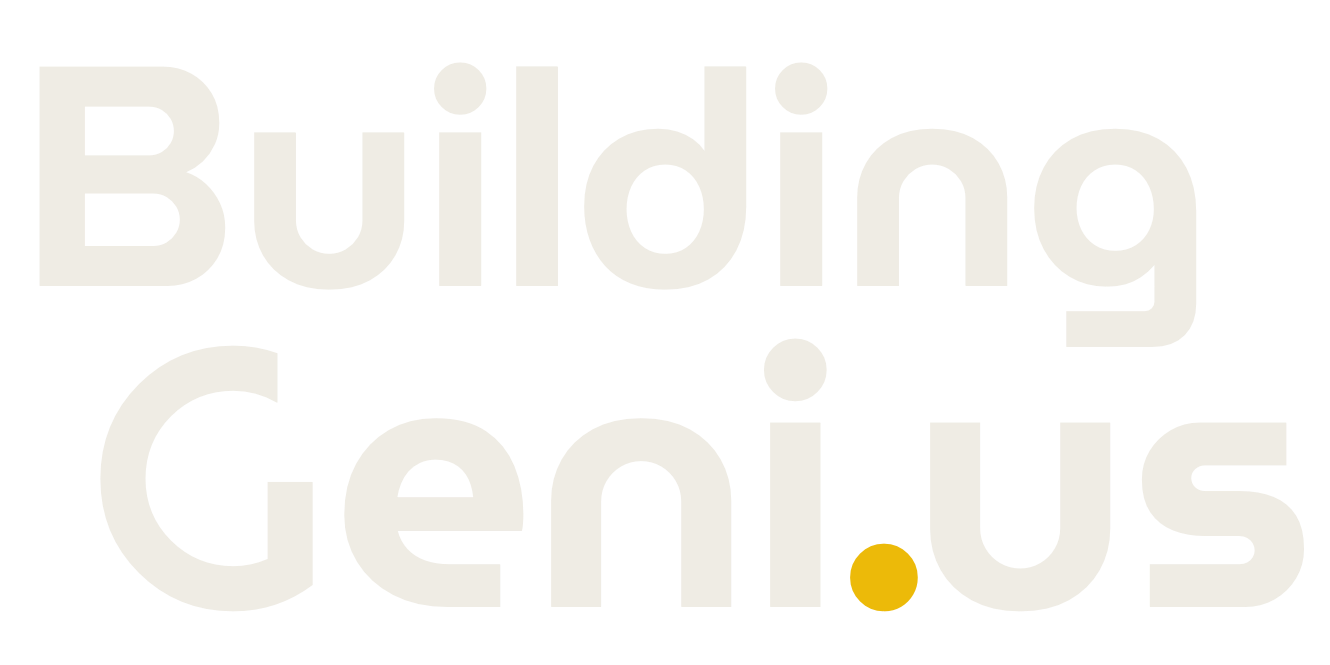For the past four months, I've spent a day a month at the Pacific Energy Center in an intensive retrocommissioning class. For those not familiar with retrocommissioning, it's essentially a treasure hunt for poorly performing systems in existing buildings. Identifying and fixing these "poor performers" can save energy, water and resources, as well as improve comfort. And the savings can be significant- typically between 5 and 20% of operating costs depending on the facility. Here's a great study from Lawrence Berkeley National Labs.
Unlike 99% of classes I've attended, this one requires a lot more than just attendance. Throughout the year-long course, each participant retro-commissions a large building. My project building is Crossroads Office Center in Mountain View: 50,000 sq.ft. full of pneumatic controls, VAV boxes, rooftop packaged units, split units and miles of flex duct.
We're now on class #4--only 30% of the way through our journey, but the class has changed dramatically from class #1. In the first class, 65 hopeful students envisioned themselves in one of David Sellers' stories: finding retro-commissioning gems our first visit to the building, saving the owners thousands of dollars and basking in the praise of our peers. Even the homework had been heartening: a short case study description and a comparison of the utility bills to other "peer" buildings- nice and easy.
Fast forward to today. Around 25 of us remain, the others having dropped out after one of the three exams or due to the significant time demands. Our last homework was similarly more involved, complex and detailed: create a functional test for one segment of our building. Meaning, we schemed ways to poke, prod and manipulate our building to figure out how well it was working. Before we're done with our functional tests, we'll climb inside air plenums, dead-head pumps, force air handling units into max cooling, drill holes into duct work to measure airflow and more. This isn't a sit back and look around approach. It's an invasive diagnostic approach to get real data that could have a real impact.
Check back each month to see how the Crossroads Office Center Retrocommissioning is progressing!





























